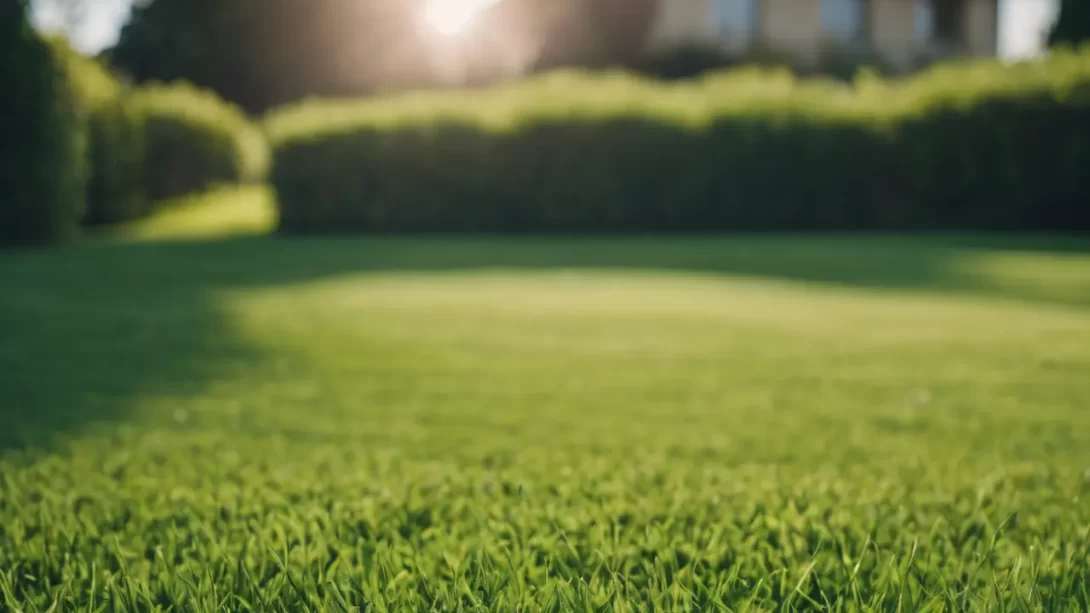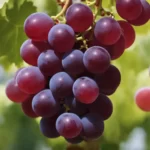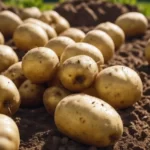Weed and feed products are a staple in lawn care, offering a convenient solution for both fertilizing grass and controlling weeds. However, like many garden products, their effectiveness can be contingent on proper storage and usage within a certain timeframe. This article examines whether weed and feed have an expiration date and how this affects its effectiveness on lawns.
Weed and Feed
Weed and feed is a combination of two products: a weed killer (herbicide) and a lawn fertilizer. The herbicide component targets common lawn weeds, while the fertilizer provides nutrients essential for healthy grass growth. This dual-action makes weed and feed an attractive option for maintaining lush, weed-free lawns. Typical applications involve spreading the product evenly over the lawn, often in early spring or fall, to simultaneously nourish the lawn and eliminate unwanted weeds.
Shelf Life of Weed and Feed
The shelf life of weed and feed products can vary, but they generally maintain effectiveness for an extended period if stored correctly. The longevity and efficacy of these products are influenced by factors such as the chemical composition of the herbicide and fertilizer, as well as the storage conditions. Over time, the active ingredients in weed and feed may break down, especially if exposed to adverse conditions like extreme temperatures or moisture.
Signs that weed and feed may no longer be effective include clumping of the product, a noticeable change in texture or color, or an inability to spread it evenly. If the product has been stored in a sealed, dry container and kept in a stable environment, it’s more likely to retain its effectiveness over time. However, it’s important to note that specific shelf life can also depend on the manufacturer’s formulation and guidelines.
Storage Tips for Maximizing Shelf Life
Proper storage is key to preserving the effectiveness of weed and feed products. Here are some best practices to ensure that your weed and feed remains potent for as long as possible:
- Ideal Storage Conditions: Store weed and feed in a cool, dry place. Extreme temperatures, whether hot or cold, can degrade the active ingredients. A garage or garden shed that doesn’t experience extreme temperature fluctuations is ideal.
- Moisture Control: Keep the product away from moisture. Humidity or direct contact with water can cause the chemicals to break down or clump together, making them difficult to spread evenly. Ensure the storage area is not prone to dampness.
- Original Container: It’s best to store weed and feed in its original container. These containers are designed to protect the product from light and air exposure, which can also affect its efficacy.
- Seal Tightly: Make sure the container is sealed tightly after each use. Exposure to air can hasten the degradation of the product.
- Avoid Contamination: Keep the product away from other substances that might contaminate it. Cross-contamination can alter the chemical makeup of weed and feed, affecting its performance.
Safety and Effectiveness Considerations
Using older weed and feed products may raise safety and effectiveness concerns:
- Safety First: Always check the product’s packaging for any safety warnings or expiry dates. Using a product beyond its recommended timeframe might not be safe.
- Diminished Effectiveness: Be aware that even well-stored products can lose potency over time. A decrease in effectiveness might result in inadequate weed control or less-than-optimal fertilization.
- Testing: If you’re unsure about the product’s effectiveness, consider testing it on a small lawn area. Monitor for results before applying it to the entire lawn.
Alternative Solutions and Eco-Friendly Options
If your weed and feed is expired or you’re looking for more sustainable lawn care options, consider these alternatives:
- Organic Fertilizers: These natural options can nourish your lawn without the chemicals found in traditional weed and feed. Organic fertilizers release nutrients slowly, improving soil health over time.
- Manual Weed Control: While more labor-intensive, manually removing weeds ensures direct and effective control without chemical usage. Regular mowing and maintaining healthy grass can also reduce weed growth.
- Natural Weed Preventatives: Corn gluten meal, for example, is a natural pre-emergent herbicide that can deter weed growth. It’s safe for the environment and pets.
- Integrated Pest Management (IPM): This approach involves using a combination of biological, physical, and cultural methods for pest control, reducing the reliance on chemical products.
Preventing Maggot Infestations
Preventing weed and pest issues can reduce the need for interventions like weed and feed. Here are some preventative strategies:
- Proper Lawn Care: Regular mowing, aerating, and overseeding can keep your lawn healthy, making it less inviting for weeds.
- Soil Health: Test your soil periodically and adjust pH levels or nutrient content as needed. Healthy soil supports robust grass growth, which naturally suppresses weeds.
- Watering Practices: Deep, infrequent watering encourages deep root growth, which helps grass outcompete weeds.
Conclusion
While weed and feed products can remain effective for a considerable time when stored properly, they do have limitations. Understanding how to store these products and recognizing when they’re past their prime is crucial for effective and safe lawn care. If your weed and feed is no longer usable, or you prefer a more eco-friendly approach, several alternative methods are available. Embracing a comprehensive, preventive lawn care strategy can lead to a healthier, more sustainable lawn that requires fewer chemical interventions. Remember, the best approach to lawn care is one that balances effectiveness with environmental responsibility.




